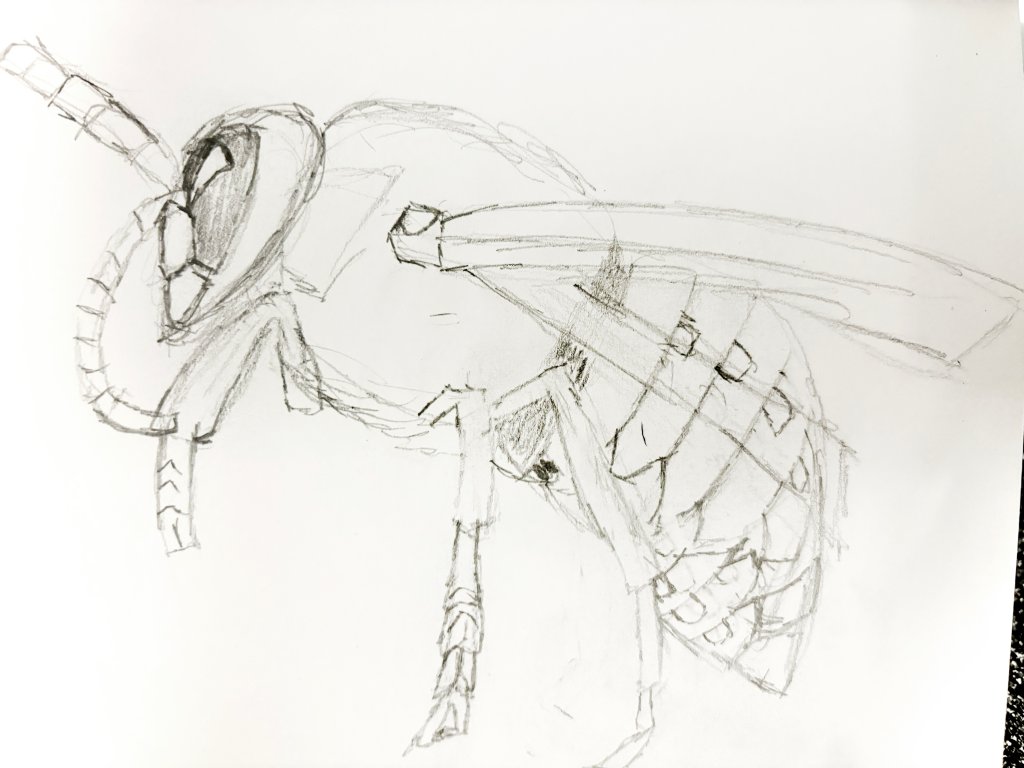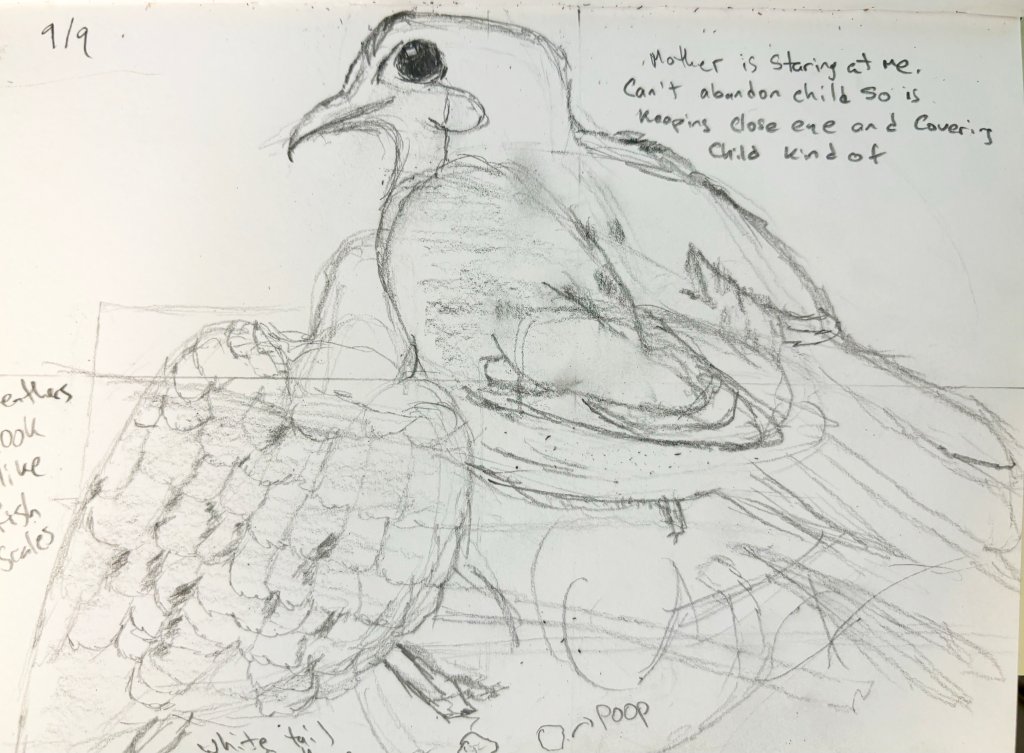Tracking Growth as a Teacher With a Journal
Adding notes and sketches in a reflection journal can be an enjoyable way to process information and record observations.
Your content has been saved!
Go to My Saved Content.I always say that as a teacher, I get paid to learn new things. Doing my job well requires me to continually learn and explore the ever-expanding field of science. It is a challenge and a privilege.
Unfortunately, I don’t really have time to keep current during the school year because I am busy planning lessons, teaching, grading, and doing the dozen other jobs I have during the school year.
So summer is when I do the bulk of my reading and learning. I will read three to four science books, go to the American Museum of Natural History, and attend professional development sessions. I am partly motivated by the desire to continually hone my craft, but mostly I am doing it because it’s fun.
But I don’t want to just consume knowledge uncritically. I want to capture it, reflect on it, and transform it into something meaningful to me. If all I did was passively absorb information, I would forget the majority of what I learned, and it wouldn’t serve my students.
Deep understanding comes from directly observing, critically analyzing, and consciously creating something with what you have learned. If we want our students to be critical thinkers, we should model that process. This doesn’t have to be painful. It can be relaxing and enjoyable.
Inspiring Reflection
A reflection journal can enrich our teaching and our personal life as we collect our thoughts and observations over time. What do you put in your journal? Whatever you want to reflect on!
When I finish reading a book or observe something I want to learn more about, I open up my journal and write down whatever ideas come to mind. I also write down the thoughts that those ideas inspire and questions I have, and I sketch what I found particularly appealing.

For example, I took notes as I sketched a mourning dove when the dove family hatched their chick right outside my window. The mom and dad took turns getting food and watching the chick. The mom stared at me as I sketched her and her chick. I tried to describe the physical features of the birds and hypothesize how those features would help the doves survive in their environment. I was fascinated by the choice to make a nest right next to an air-conditioning unit and a window, but maybe that was the most enclosed space the birds could find.
The sketch of a European hornet (Vespa crabro) found outside my uncle’s house doesn’t show the reddish-brown color of the body that surprised me. I would’ve assumed it would stand out, and that would be detrimental to its survival. But they were first detected in the U.S. around 1840.

These sketches didn’t take me very long. I didn’t let myself be self-conscious about my sketching. I didn’t worry if I was expressing the idea perfectly. Nobody’s grading my work; this is just for me.
Setting up your journal
Simplicity is the key. If you make this too intricate or complicated, then you will avoid doing it. It should be a low-stress activity that you do to the extent that you feel like it. This isn’t a five-page essay or something that should feel like a task.
The journal needs to be on paper to work well and should be light and easy to carry around. You want to take it with you so that you can quickly jot down ideas and play with them. This activity is great for teachers of all disciplines.
The Process
My reflection isn’t going to be the same every time because I do not want it to feel like a stale task. That being said, I always try to do the following:
- Express an idea clearly and succinctly
- Sketch the idea
- Write down some questions
- Maybe jot down an idea for teaching if one immediately comes to mind

Reflection journals are great for every subject and every age. The subject matter doesn’t have to apply to your classroom; I enjoy sketching whatever captures my eye whenever I go to a museum. The act of sketching and reflecting forces deeper thinking and noticing, which is a skill that our social media–addicted students need to cultivate now more than ever.
I don’t try to push to make it feel like the sketching and reflection must somehow help me next year or become incorporated into my lessons. It’s enough that I captured an idea and explored it. Sketching is important because it forces our brain to look at something and capture it accurately. Sketching also will make it easier for you to remember the idea, as our brain is more adept at processing visual information than abstract concepts.
The more you sketch, the less self-conscious you will feel. I have no qualms about sketching poorly or writing sloppily because I am the only person who will see it. The goal isn’t to produce something that you are showing off, it is to capture your thinking and to see how your thinking evolves over time.
Ideally you can incorporate journals in your classroom. Students of every age and subject can benefit from this process. But before you try to get students to do a reflective journal for your class, you need to get into the habit of journaling. A reflection journal will pay great dividends for your students and even greater dividends for you if you create and collect these journals over the course of your career.
